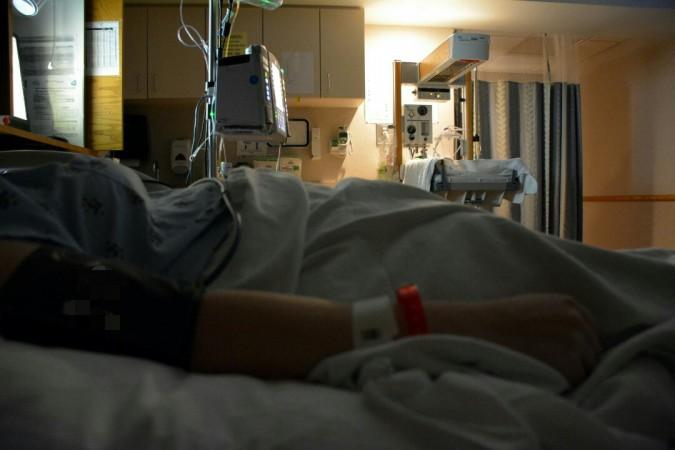
In a landmark judgment, the Supreme Court made passive euthanasia permissible under specific guidelines Friday (March 9).
"Human beings have the right to die with dignity," the SC said.
The verdict was passed by a five-judge Constitutional bench of the apex court, headed by Chief Justice of India Dipak Misra.
What is living will?
A living will is a document that is prepared in advance and allows people to state their wishes for end-of-life medical care. It allows them to state in advance that he or she should not be given life support treatment if they slip into a coma.
What is passive euthanasia?
Passive Euthanasia is the withdrawal of medical treatment with deliberate intention to quicken a terminally ill patient's death.
It involves alteration of some medical support which will then hasten the death of a person, who has been declared terminally-ill and letting nature take its due course.
Either the respirators will be turned off, the medications can be halted, and food or water may be discontinued such that the patient dies because of dehydration or starvation.
Another method to carry out passive euthanasia is giving large doses of morphine in order to lessen his or her pain despite the likelihood that the painkiller can cause fatal respiratory problems, NDTV reported.
What are the guidelines to allow passive euthanasia?
According to the SC, the living will is permissible but with the permission from family members of the person, who has sought passive euthanasia and also a team of expert doctors, who say that the person's revival is practically impossible.
The SC's verdict comes after NGO Common Cause filed a petition in the top court seeking a direction for recognition of living will. It contended that when a medical expert said that a person afflicted with terminal disease reaches a point of no return, then she should be given the right to refuse being put on life support.
Who is Aruna Shanbaug?
In 2011, the top court had recognized passive euthanasia in Aruna Shanbaug's case.
Shanbaug, a nurse in the King Edwards Memorial Hospital in Mumbai was raped by a ward boy in 1973. The accused tried to choke her by tying a dog chain around her neck. Though Shanbaug did not die, the chain which was tied around her neck hours left her blind, deaf, paralyzed and in a vegetative state for 42 years.
In 2009, journalist-activist Pinky Virani had taken up Shanbaug's case to the SC and said that she had been in a vegetative state for a long time with no signs of recovery.
However, in Shanbaug's case, the SC had ruled against passive euthanasia, as the medical board, looking into the matter had reported that the patient was not brain dead and responded to some situations in her own way.















